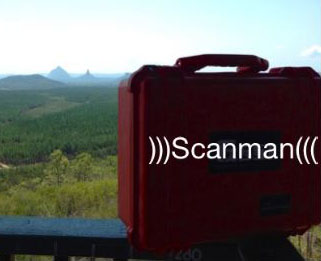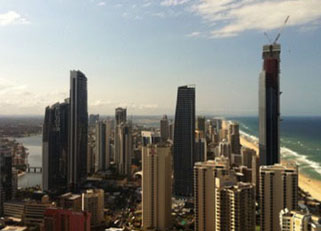Concrete Testing Gadgets
Concrete structures can be tested for quality control and other reasons using destructive and non-destructive tools. There are many types of tests that require the use of specialized equipment and gadgets including slump test, compression test, pullout test, pulloff test, and core test. Other than these, tensile test and flexure test are also required in certain situations where reinforcing bars and stressing tendons are needed to be tested. Moreover, in some cases chemical analysis of a concrete structure is required which obtains information such as chloride and sulphate content, cement content, and water cement ratio in the concrete.
All these tests can be performed by using concrete testing methods that make use of various devices such as concrete test hammers, rebar locators, cable locators, covermeters, electrical half-cell potential measurers, endoscope, gamma radiography, ground penetrating radar, and neutron moisture gauge. All these gadgets have their own strengths and limitations and are used for different applications. Other than these, pullout devices, penetration probe, thermography tools, and ultrasonic pulse velocity devices are also popular. In this article we will discuss some of these gadgets used for concrete testing or scanning.
For determining the presence and depth of rebar in concrete structures, devices known as covermeters are used. Such a tool is portable and provides fairly accurate results. It uses an electromagnetic probe which is moved over the surface of concrete that needs to be tested. To understand the results of such a probe, experience in this field is mandatory. Electrical half-cell potential measurements are performed to assess reinforcement corrosion in the concrete structure. Like covermeters, potential measurers are portable devices and provide results in the form of equipotential contour diagrams.
A fiberscope (also known as endoscope) is used to detect underground piping and ducting and honeycombing in reinforced concrete. This is a type of visual inspection concrete testing method and requires visual skills to interpret the results. Internal cracks and voids in the concrete can be identified using gamma radiography, which uses an x-ray film to obtain results of testing. Although the technique is inexpensive, it cannot be applied to all types of concrete structures. In addition to this, the method is not very safe and must be conducted only by skilled and experienced personnel.
To measure the moisture content of concrete, a method known as neutron moisture gauge is commonly employed. Although it is quite useful in many situations, it only measures the moisture present in the surface layer. Rebound hammers are used to measure the surface hardness of concrete structures and also give measurement about the surface compressive strength. Compressive strength can also be measured using penetration probe, which is also known as Windsor probe, and is basically employed to determine the quality of concrete.







